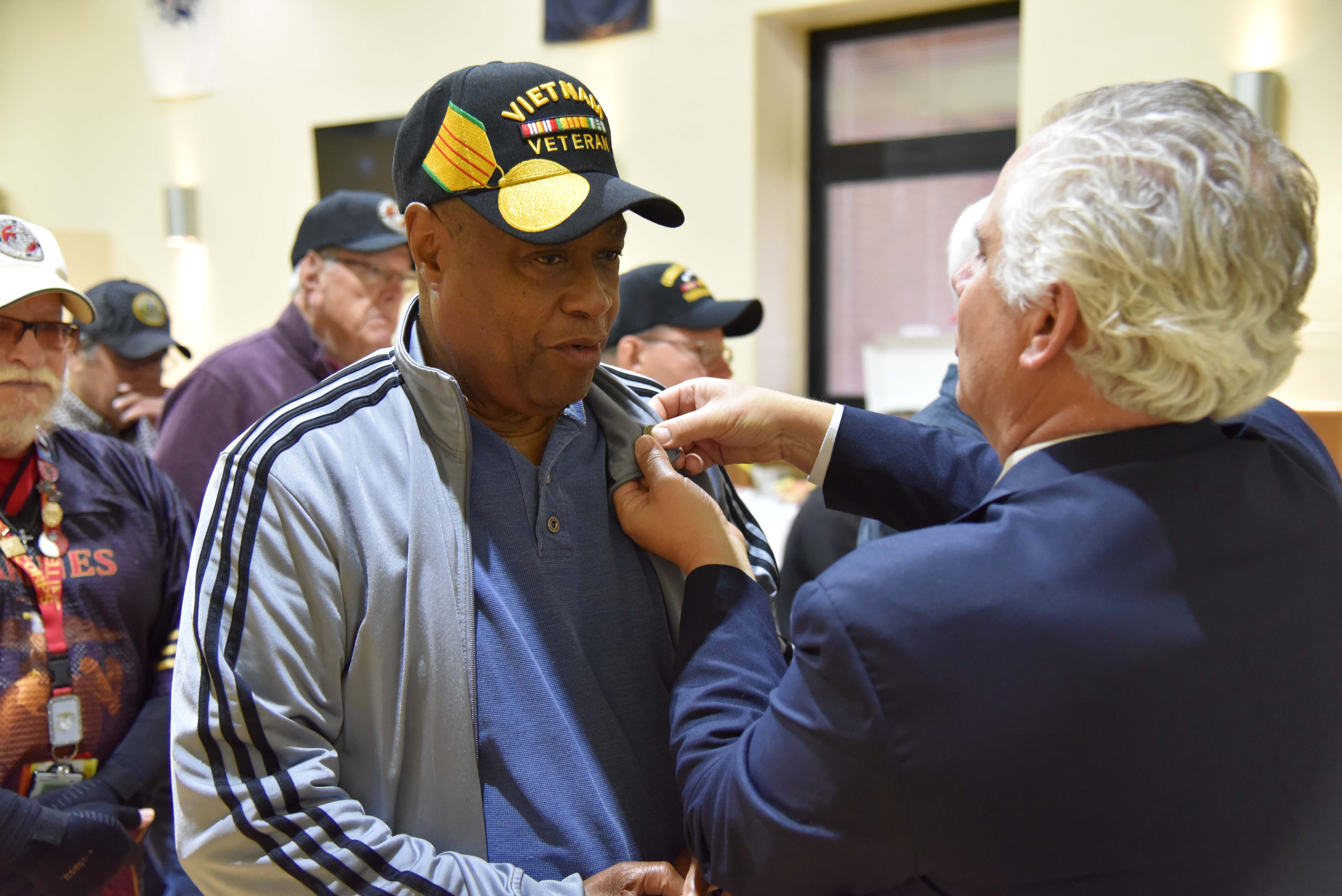Critical to the development of an effective, focused approach to rapid re-housing and homelessness prevention programming is a unified philosophical framework. When the underlying philosophy is not clear, there will be confusion about the program’s mission and service delivery approach and a greater likelihood of lower performance.
There are three specific, inter-related concepts that underlie programs that assist people who are homeless or at-risk of homelessness. While these concepts may seem new to some staff, they are supported by many years of practice and positive program outcomes.
The first core concept is that rapid re-housing and homelessness prevention programs utilize a Housing First approach. The essential idea of Housing First is that people's need for housing is a basic need that should be met as quickly as possible, without any preconditions. Traditional homelessness programs have been based upon the assumption that people should not be placed into housing until they have resolved personal issues, such as diagnosis and treatment of a disability or training in independent living skills. Conversely, a Housing First approach assumes that people should start with stable permanent housing. They may then choose to address other life issues. But in most cases, after a brief housing crisis, people return to permanent housing and do not experience homelessness, whether or not other problems in their lives are resolved.
There is considerable support for this concept. A randomized research design determined that being prepared for independent housing via months or years of transitional programming did not result in more stable housing, fewer psychiatric hospitalizations or less substance abuse than the experimental Housing First program. Further, people with high levels of stress are less able to plan, choose and implement goals, and change behavior. By helping people get or keep their housing first, their stress levels can begin to return to normal and they can avoid the many negative outcomes of homelessness (job loss, poor school attendance/performance, inability to follow medical regimens, and/or increased substance abuse). They are also more likely to be willing and able to choose to take steps toward longer-term stability.
It is important to note that Housing First is a "First" step. Program participants who move into new housing need to meet the same demands as other tenants: paying rent and not engaging in behaviors that could lead to eviction or non-renewal of their lease, and, potentially, a return to homelessness. Programs must partner with these newly-placed tenants to identify the information, skills and services that will support their housing stability.
Consistent with the Housing First concept, rapid re-housing and homelessness prevention programs are designed to respond to the crisis of homelessness or imminent homelessness. They are based upon a crisis intervention model rather than longer-term, rehabilitative or other behavioral change model. The housing crisis may not be resolved the day of placement or when the eviction notice and been withdrawn, therefore the continuing focus is on providing what is needed to achieve near-term housing stability. The household may want and need additional services and income supports to maintain their housing. But the role of the rapid re-housing and homelessness prevention program is to help the household access these longer-term supports, not to provide the supports themselves. Rapid re-housing and prevention programs are specialists in quickly preventing or resolving housing crises, a role that is increasingly important in every community. And it is not a Band-Aid approach; the great majority of people will not return to homelessness.
During a crisis, people generally experience a loss of control. Persons in the midst of a housing crisis can regain control over their lives and make the same decisions as everyone else, and it is well known that those given greater choice experience a heightened sense of personal control. A short-term crisis program must not only rapidly intervene but also empower their participants by knowing how and when to step back. While very low-income households do not have as many choices as those with higher incomes, they still have the right to make the most critical decisions. Among those choices: where and with whom they can live (at least for the immediate future) and when/if they wish to address anything beyond the immediate housing crisis. If they do decide to make life changes, they have the right to choose the type, sequencing and providers of the services they utilize. Providing choice is a powerful engagement tool and one that is critical to the success of the Housing First model. Empowered participants are more likely to remain involved in activities after their placement, particularly if these activities have been mutually identified, with their case managers, as supporting their housing stability.
